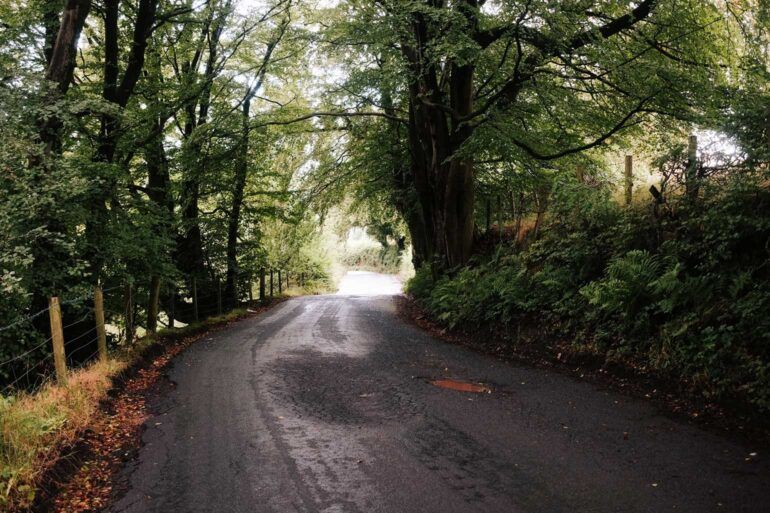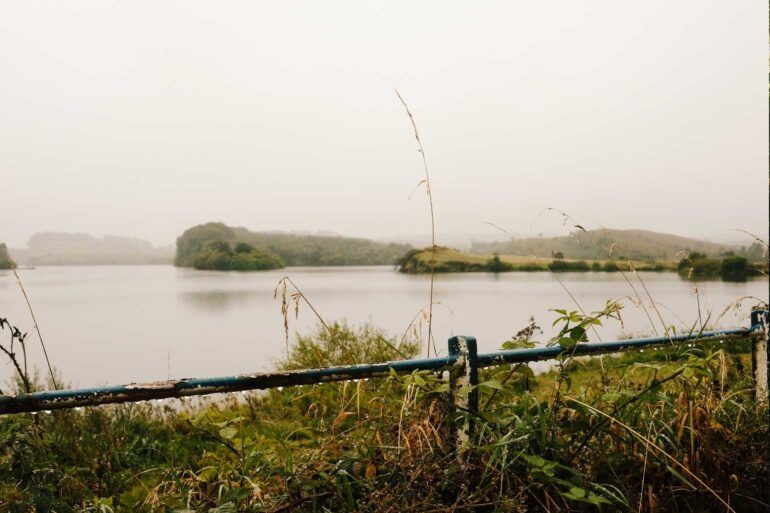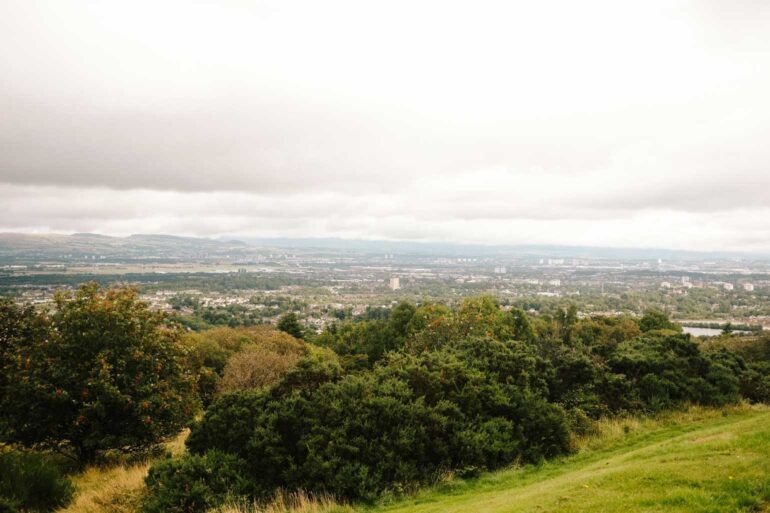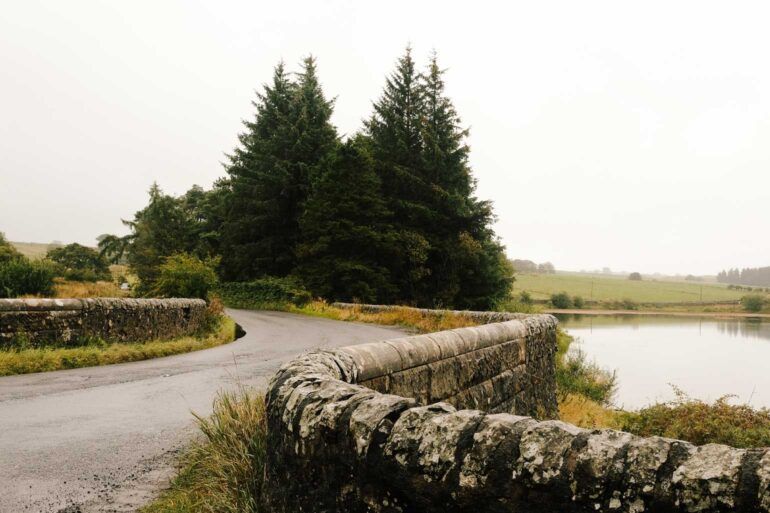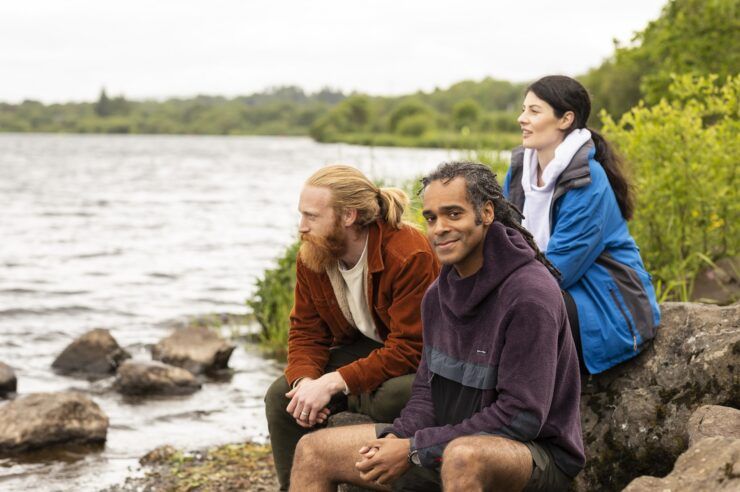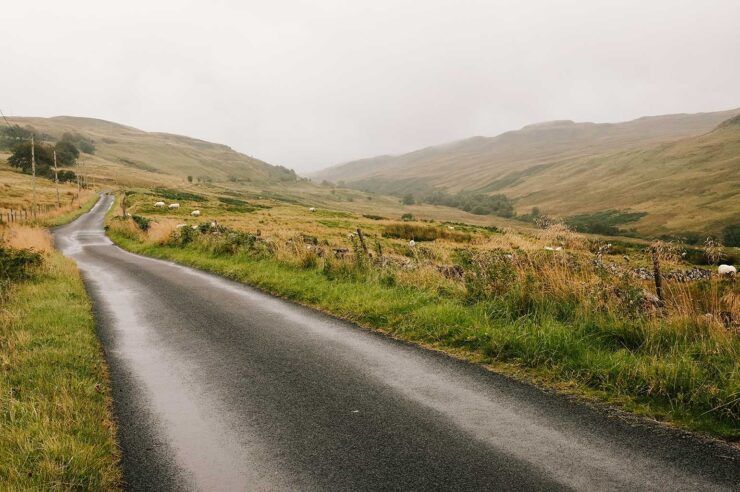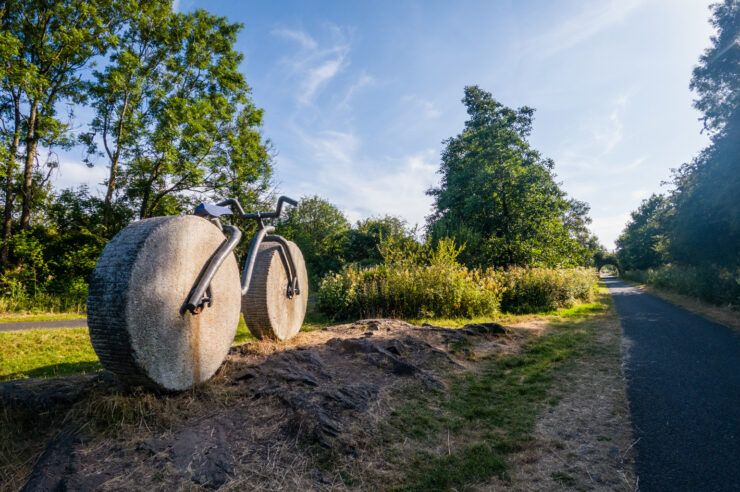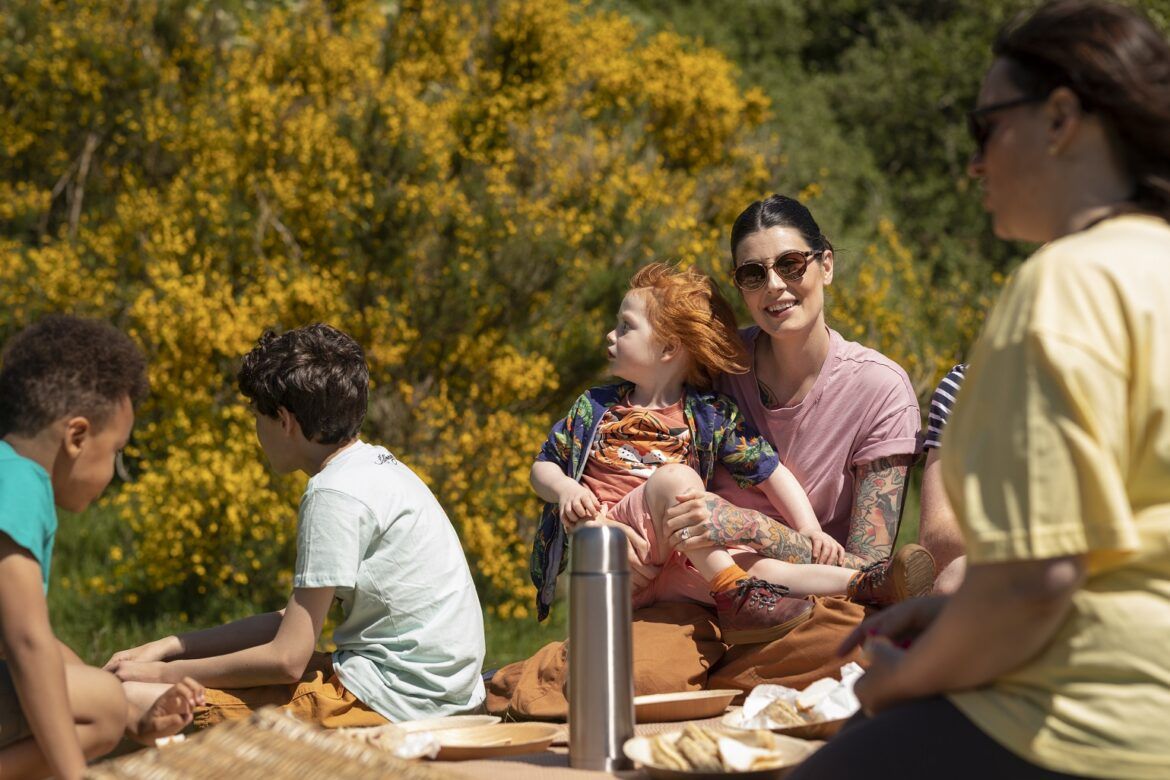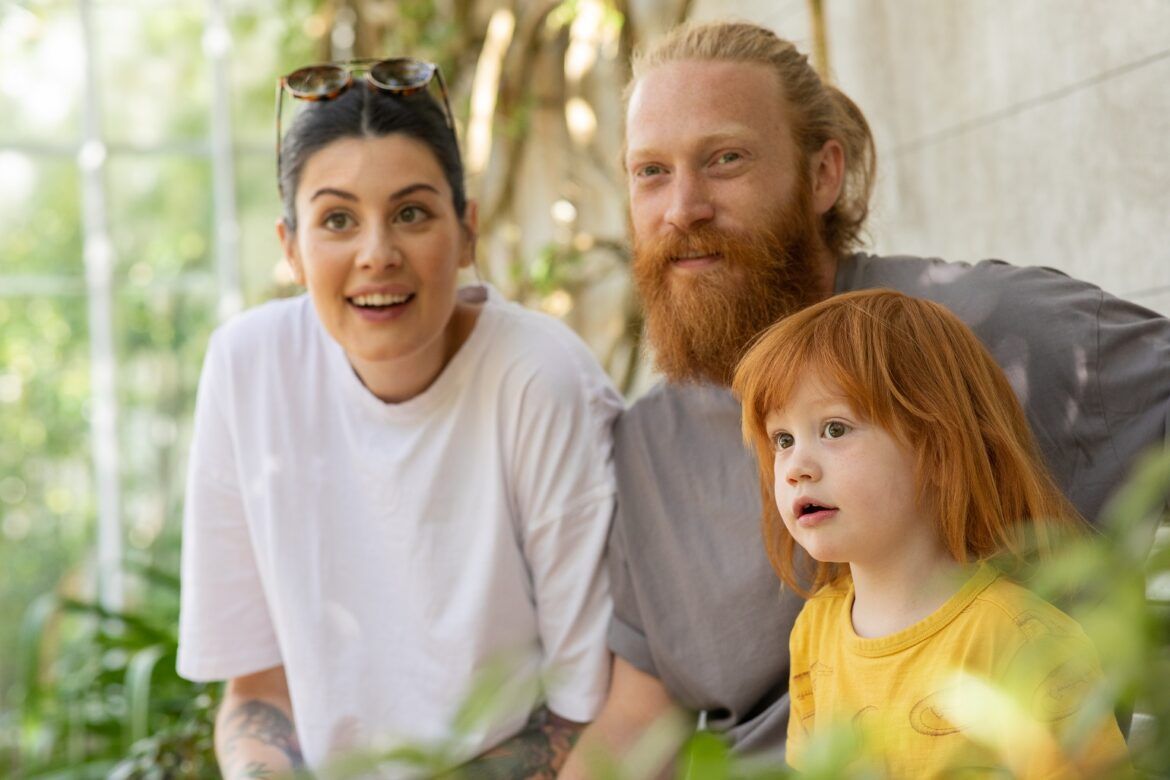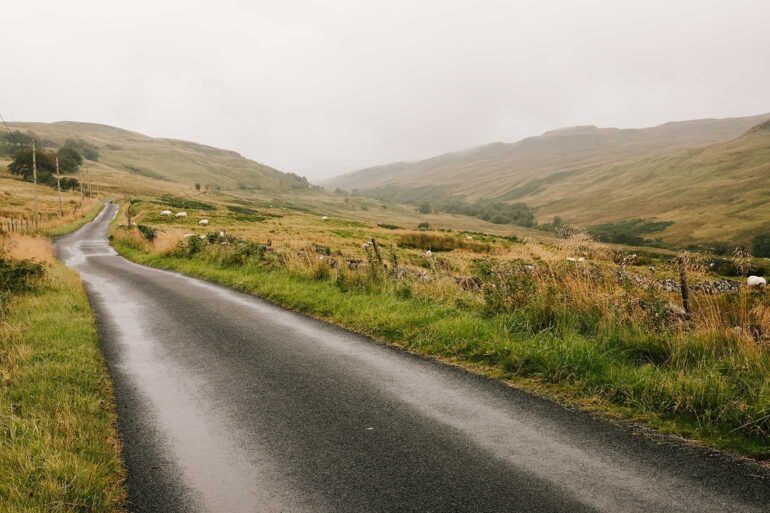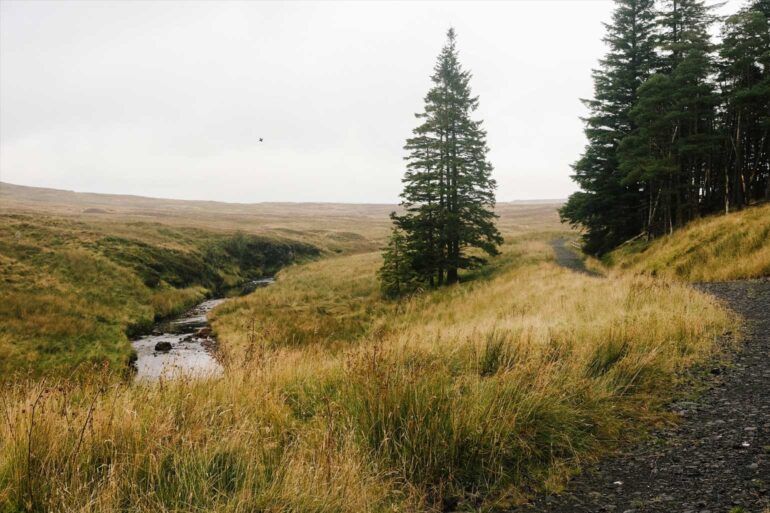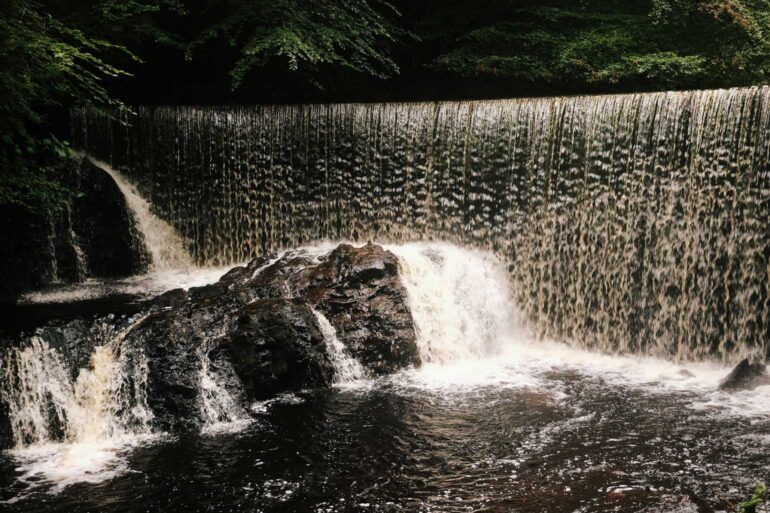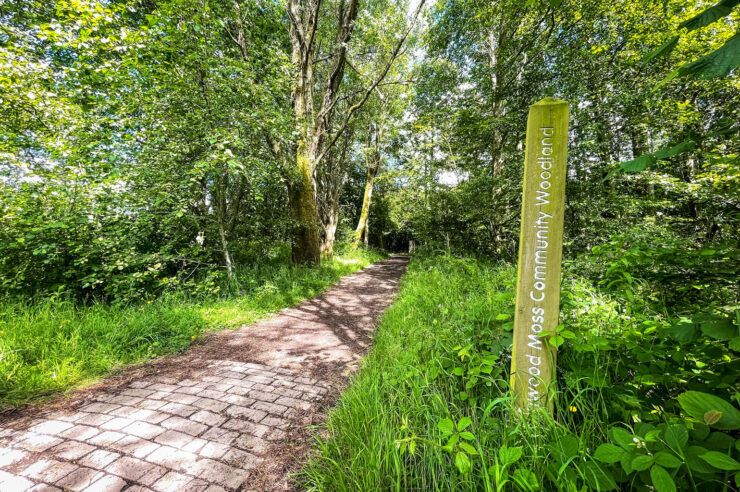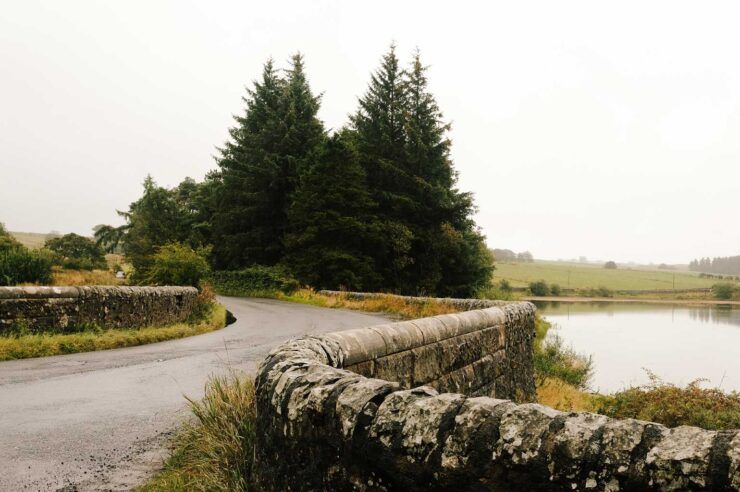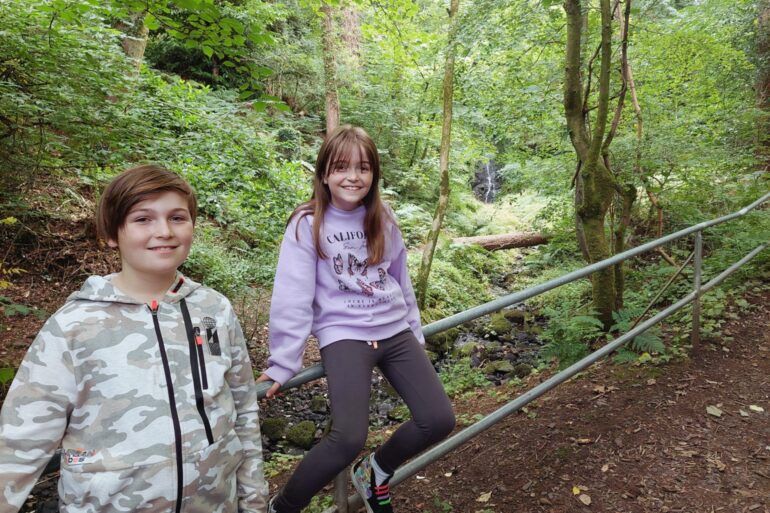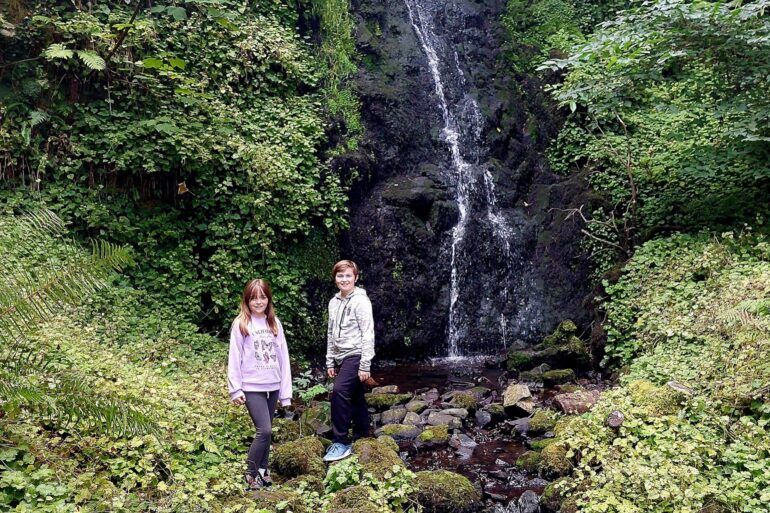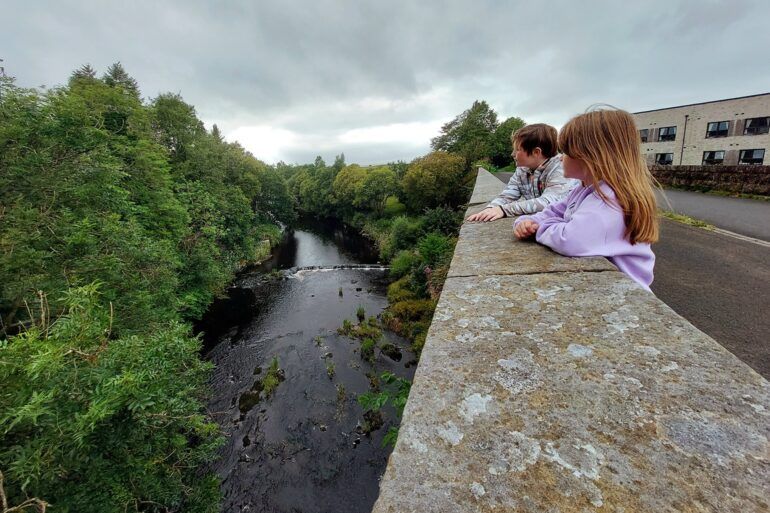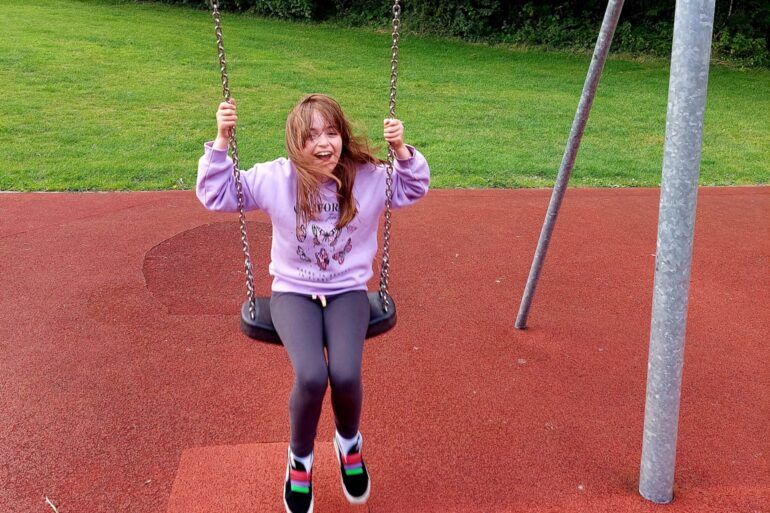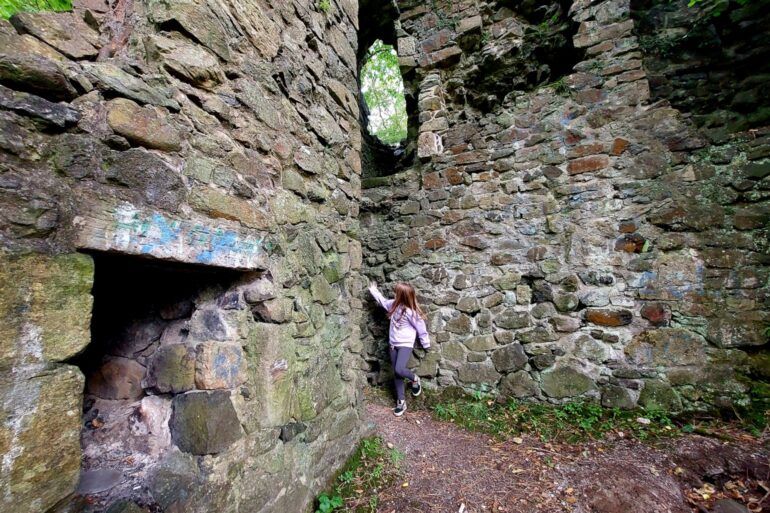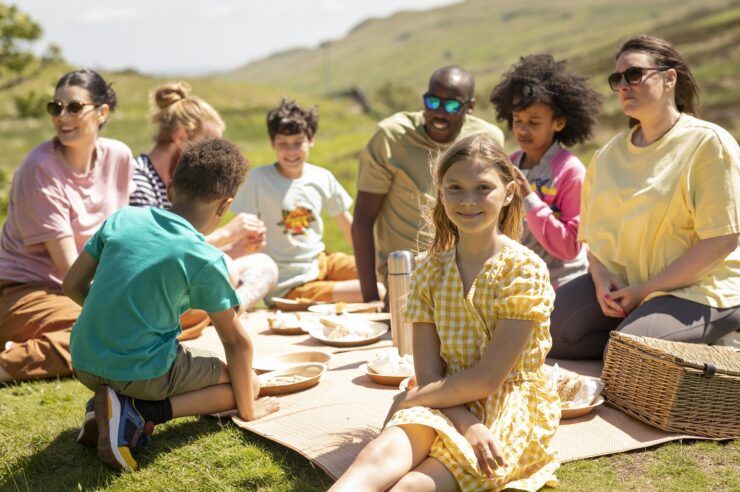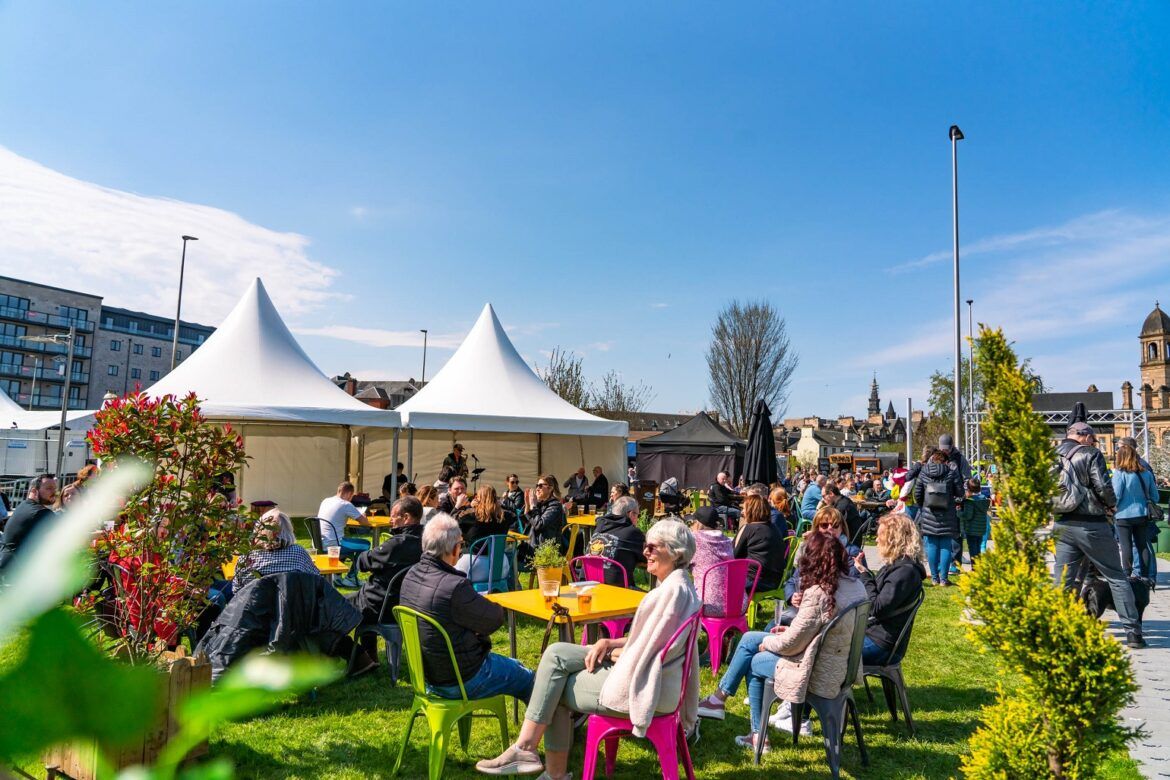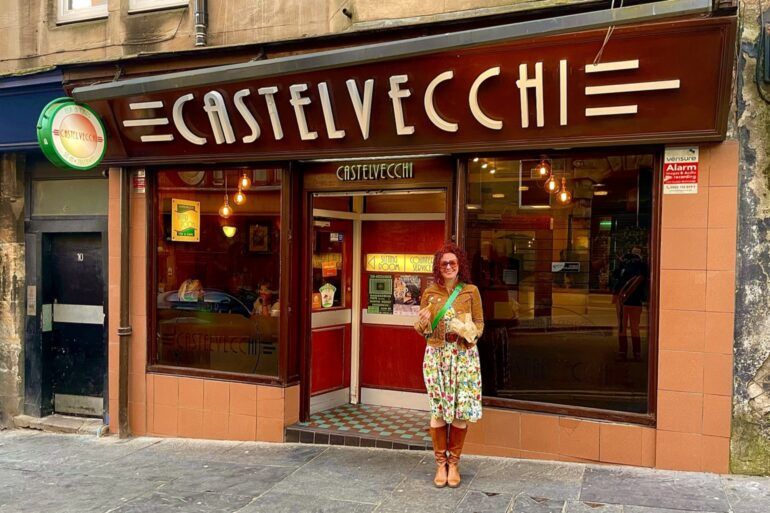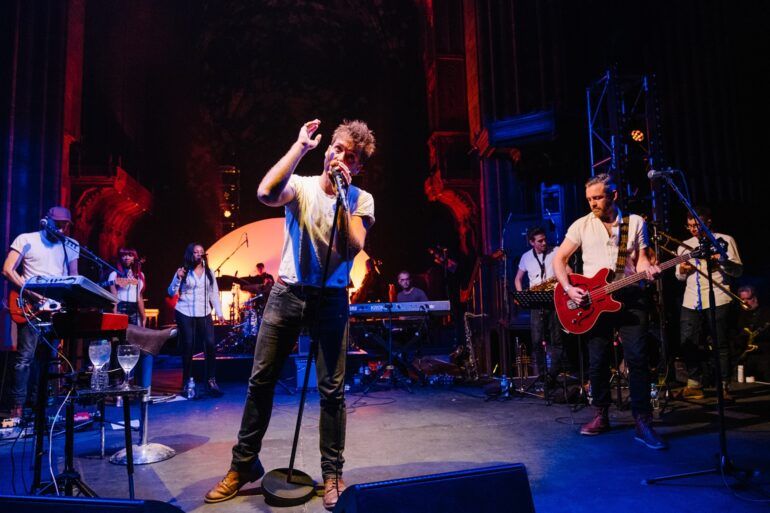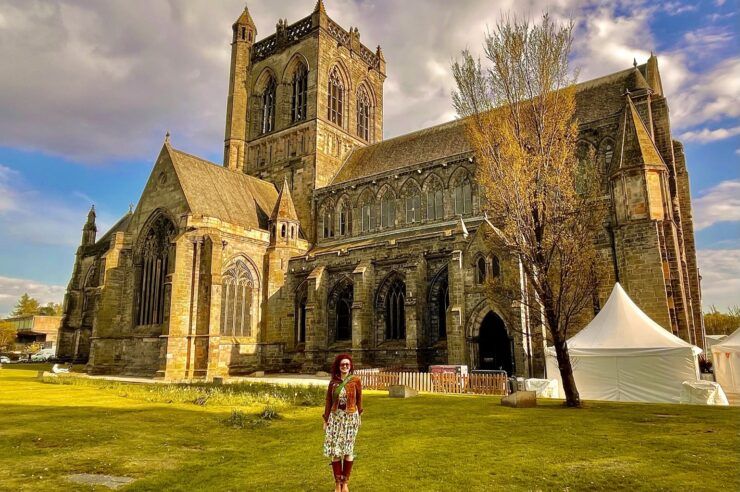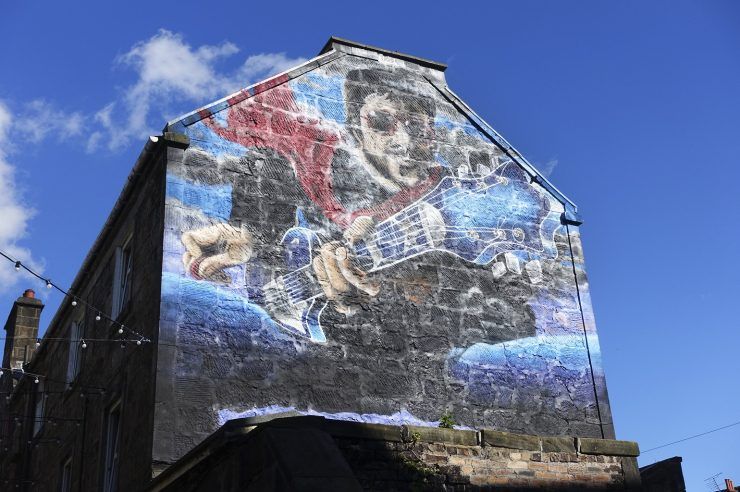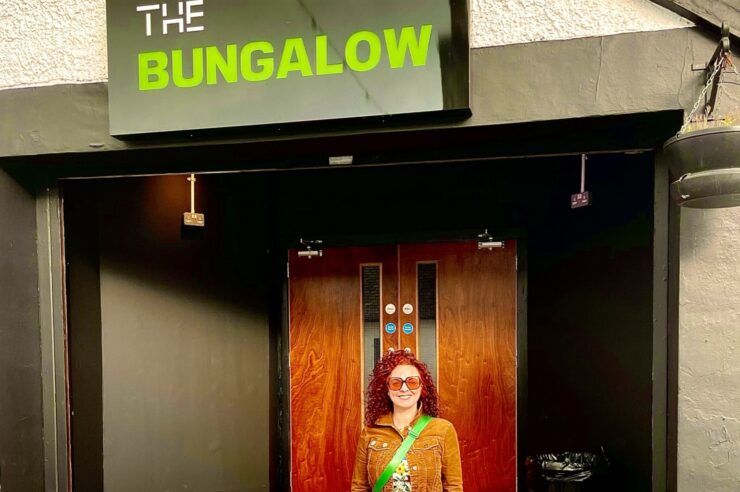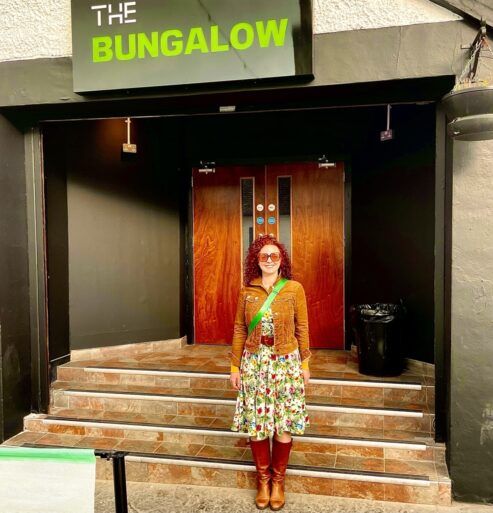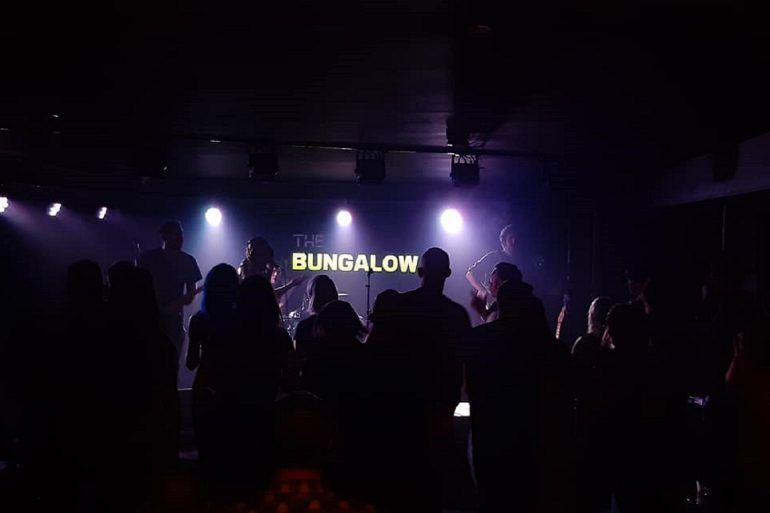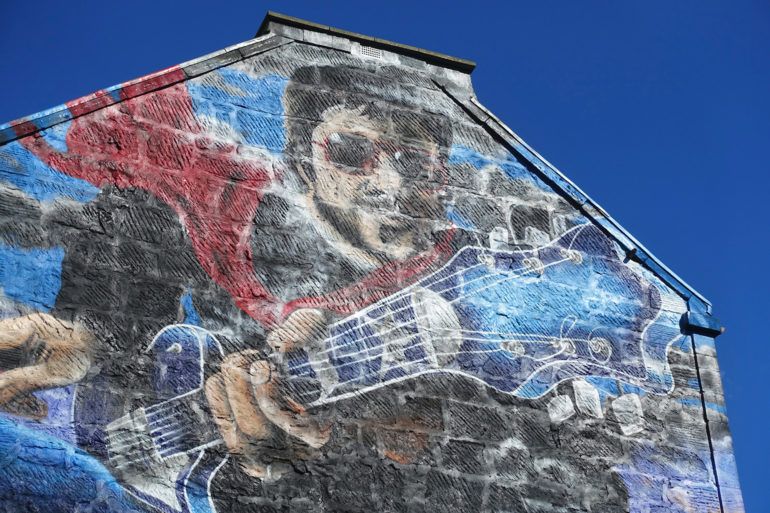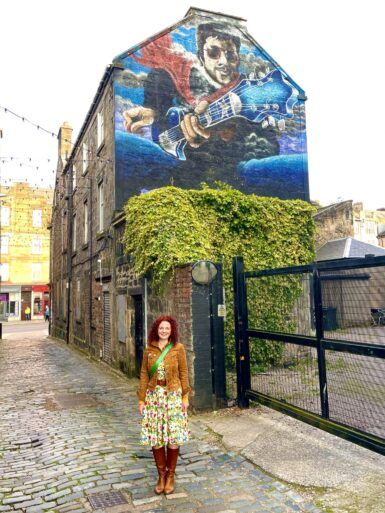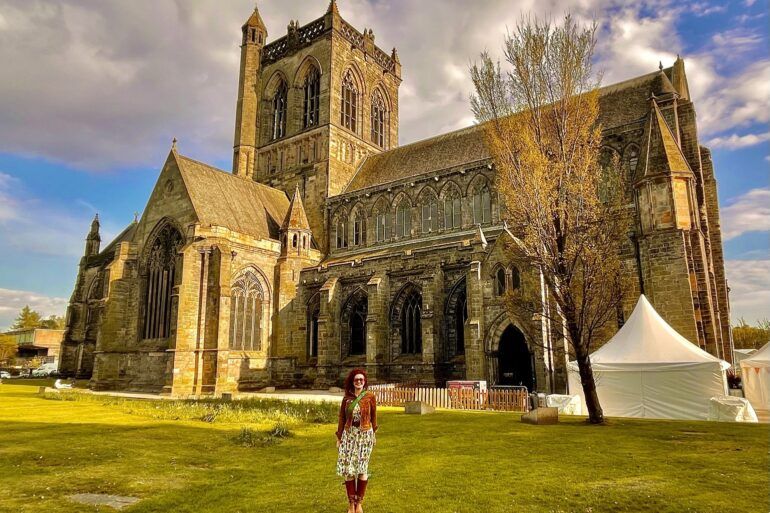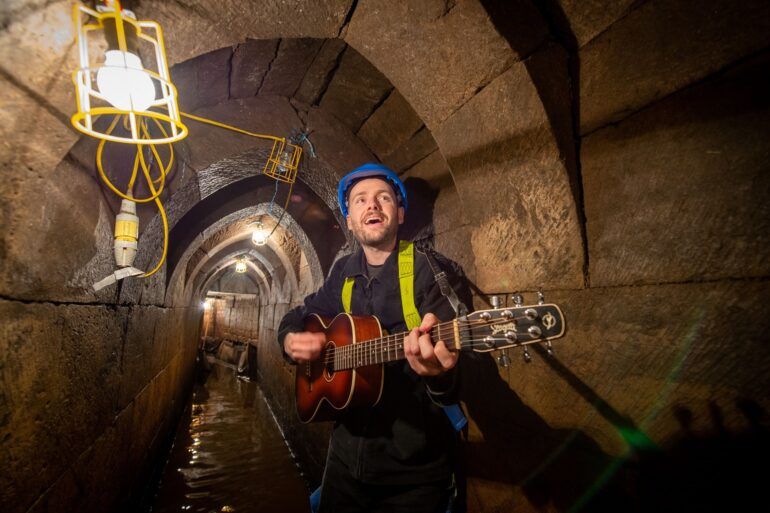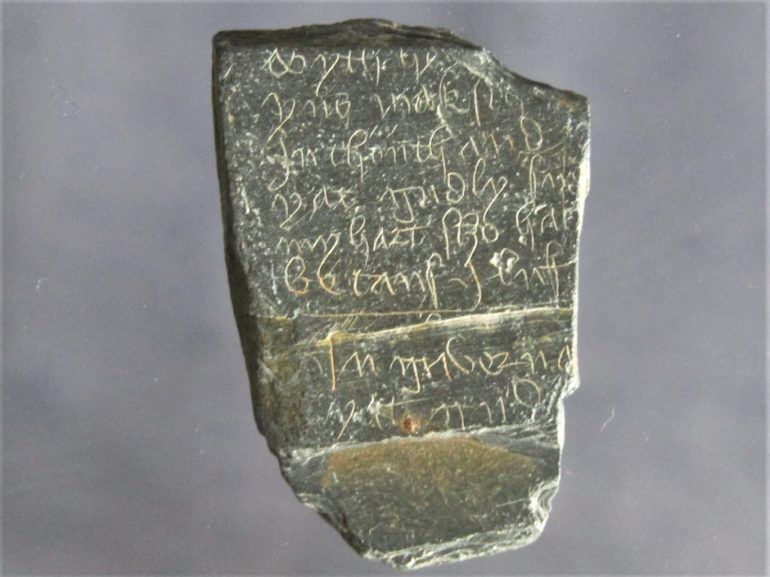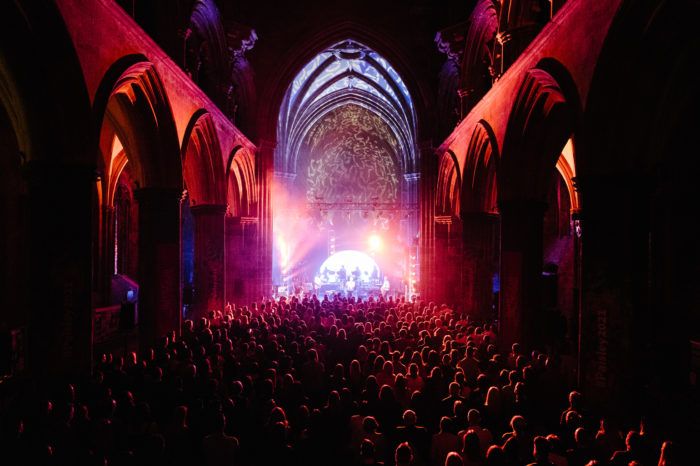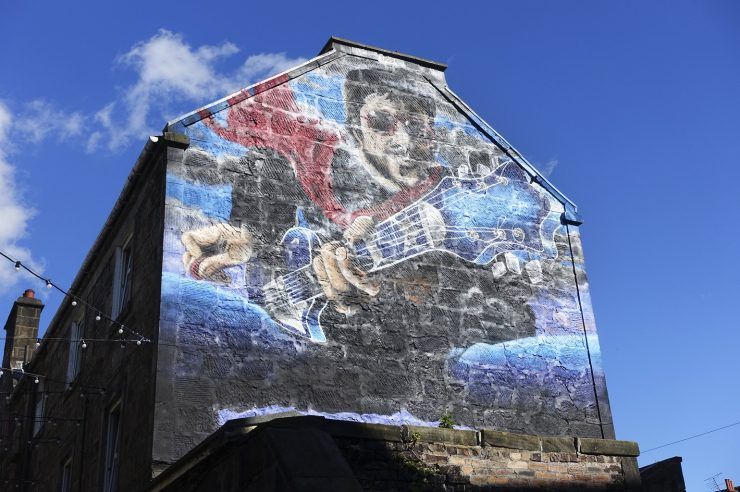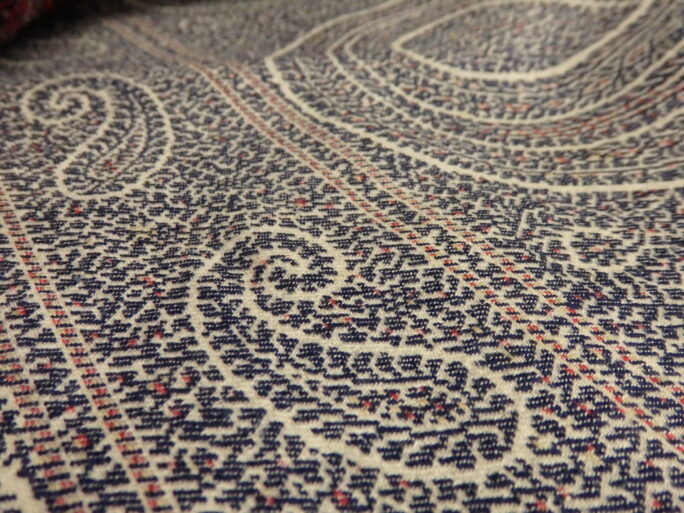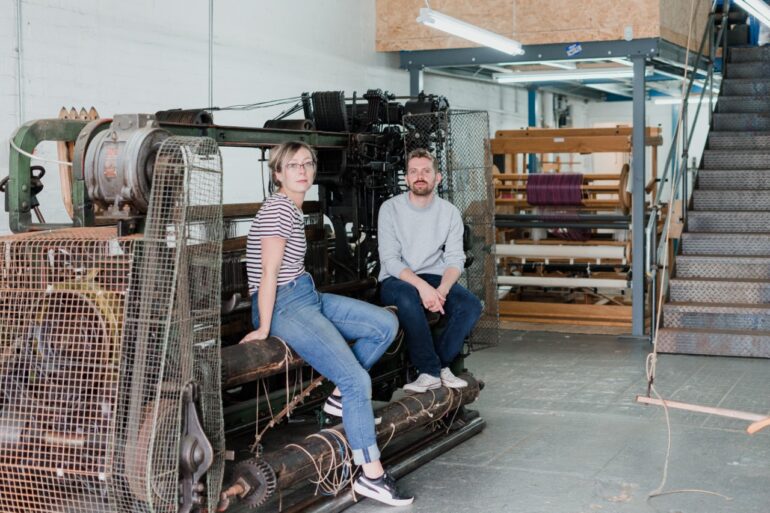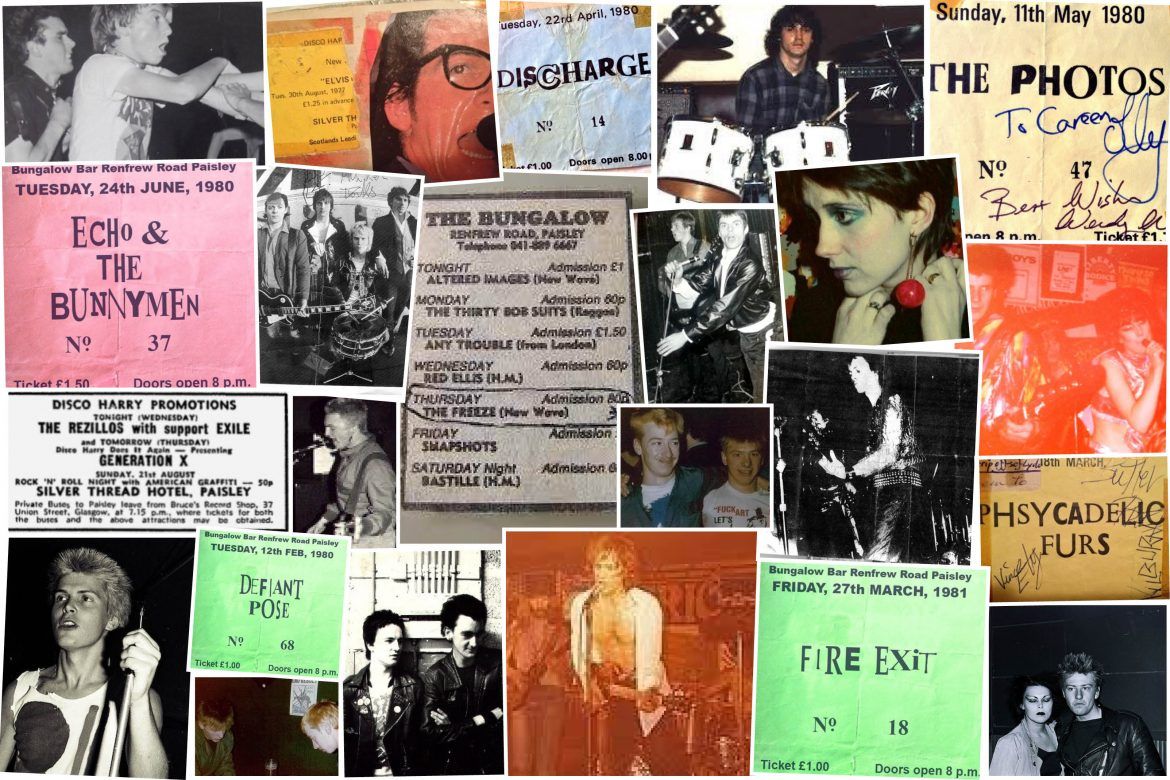In the latest in our series of Mill Mag x Paisley.is articles, Mill Magazine takes a look at Paisley’s unexpected ties to Trainspotting.
When you think of Scotland’s most enduring contributions to the arts, it’s generally split between the classical and the contemporary. Steeped in tradition and the ambiance of a rurally minded, romanticised Scotland that’s been lost to time, the poetic works of Robert Burns, Walter Scott and our own Robert Tannahill have withstood generations of new eyes and are celebrated the world over. In music, our folk heritage has instilled a wistful melody in the planet’s collective consciousness before artists ranging from Texas to Primal Scream and Biffy Clyro proved that we weren’t constrained to the ceilidh.
Yet when it comes to the nation’s greatest exports of the 20th century, one of Scotland’s crowning achievements not only abandoned much of the country’s wider cultural heritage, but seemed to actively hold it in contempt. First published in 1993, Trainspotting was an instant phenomenon that exposed a labyrinthine version of Leith defined by drugs, small-time schemes and a deep love of Iggy Pop. For its author Irvine Welsh, the debut novel’s appeal was expected on some level, but the scope has left him taken aback ever since.
“I thought it would become a cult book but not generation-defining, which is what other people have called it since”, he told The Guardian in 2018. “It’s strange, but it has taken on such a life of its own that when I see it on a shelf in a bookshop, it almost feels like someone else wrote it.”
Defined by its unflinching gallows humour and gritty depictions of life as an addict, this classic book intercepted the canon of Scotland’s finest works through the lens of a more deprived, less gilded version of the capital city. But while it may have taken place among the east coast’s ever-expanding urban sprawl, Irvine Welsh’s most universally beloved brainchild actually has inextricable ties to our own hometown of Paisley.
Despite taking place across Edinburgh and London, Welsh’s magnum opus establishes its relationship with Renfrewshire from its very opening salvo. Split across seven riveting sections including the introductory ‘Kicking’, the chaotic ‘Blowing It’ and the parting words of ‘Exit’, the first chapter of the entire book is snappily entitled “The Skag Boys, Jean-Claude Van Damme and Mother Superior.”
What’s the significance of this, you ask? Well, both this opening chapter and Trainspotting’s 2012 prequel cribs its name directly from Ferguslie’s finest export.
“There is a play called “The Slab Boys” by a great Scottish playwright called John Byrne”, Welsh informed CNN’s Payal Uttam in 2011. “I decided to call it ‘”Skagboys” as a parody of that.”
Set in the 1950’s and at the height of industrialisation, Byrne’s iconic trilogy — which commenced with the self-titled offering in 1978 — chronicles the lives and misadventures of Phil, ‘Spanky’ and Hector as they attempt to escape the slab room of Paisley’s A.F. Stobo & Co in search of a better life. While there are stark differences in the stakes and tone, both Trainspotting and Byrne’s theatrical masterwork chronicle the working-class experience with levity and an unstifled hopefulness that refuses to be overshadowed by some of its darker elements. On top of that, the use of colloquial language, slang and those rhythmic speaking patterns that can only be found in ungentrified circles is used to ground the reader or viewer in the atmosphere of their settings.
Where Trainspotting’s opening section made a subtle allusion to Byrne’s influence, ‘Skagboys’ – Welsh’s novel that is set in the preceding years before the events of Trainspotting — takes this one step further by introducing a character from Byrne’s neck of the woods.
While studying at Aberdeen University, the series ‘protagonist’ and occasional moral compass Mark Renton encounters a fellow student by the name of Joanne that is revealed to be from Paisley. Described as a “nosy Weedgie bird, no proper Weedgie, but fae somewhere near thaire”, he later undertakes an interrailing trip with her, his then-lover Fiona and friend ‘Bisto.’
In typically Welsh fashion, things soon devolve from there until later on in the tale, Renton receives a wedding invitation. After initially upholding an uneasy truce, Joanne and ‘Bisto’ are set to be married at a church in Kilmacolm. As for the reception, Renfrewshire-based readers were soon accosted by the address of a familiar locale for all sorts of joyful occasions.
“Bowfield Hotel and Country Club,
Bowfield Road, Howwood, near Glasgow Airport, Renfrewshire, PA9 1DB
RSVP: 115 Crookston Terrace, Paisley, PA1 3PF”
As anyone that’s visited will know, the Bowfield is a million miles removed from the squalid locales that many of Trainspotting’s most harrowing and educatory scenes take place in. Still, it’s remarkable to imagine the motley crew that both Welsh’s novel and the iconic, 1996 film adaptation ingrained into our minds all milling about in the hotel’s function suite.
On the subject of Trainspotting’s big screen adaptation, this legendary film’s creation was aided in part by a Paisley institution that’s familiar with births, deaths and everything in-between. Greenlit by Channel 4 Films and penned by veteran screenwriter John Hodge, the journey to Trainspotting’s production actually starts with the movie that provided the firmament for director Danny Boyle to carve out his illustrious career.
Starring Ewan McGregor — soon to be Renton in Trainspotting — Christopher Eccleston and New Zealand’s Kerry Fox, Boyle and Hodge’s 1994 thriller Shallow Grave has become a cult film in its own right and skyrocketed almost everyone involved to fame. Although that’s likely common knowledge by now, a lesser known fact is that the various scenes that take place in a medical facility were shot at Paisley’s very own Royal Alexandra Hospital. During a 2013 event at New York’s Academy Theatre, Boyle regaled the crowd with a comically morbid anecdote from his time on-set at the RAH.
“That scene at the end in the mortuary, where he gets pushed inside, that’s a real mortuary,” Danny recalled. “Chris Eccleston said ‘I can’t do this, can’t go in there.’ There were dead bodies in there so we had a bit of a crisis. Eventually we agreed that we’d put one of the prop guys in there so that when the door is closed and it goes dark, he wouldn’t be alone. You can hear it in the soundtrack, when the door closes and the lights go off, you can hear this guy going, ‘it’s alright Chris,’ very quietly.”
While this Paisley landmark helped craft the climactic moments of Trainspotting’s soon-to-be director’s first feature, it was Welsh’s classic source material, or more specifically, its stage adaptation, that helped spark the career of one of Paisley’s most recognisable exports.
Born on the 13th November 1969, the renowned actor Gerard Butler spent both his early years and adolescence in Paisley, even spending a spell as head boy at the now-defunct St Mirin’s Academy. From there, he’d go on to The University of Glasgow’s School of Law. After a period of floundering his way through life that saw him being fired from an Edinburgh law firm just days prior to obtaining his full qualification, things were looking decidedly grim for the young Butler.
However, it’d soon transpire that the seeds sown by witnessing Welsh’s Trainspotting come to life on-stage would not only be a formative experience that reignited the desire to act within the former Scottish Youth Theatre student, but a role that he felt he could embody with ease. After betting on himself and moving down to London with little in-roads to the entertainment world, Gerard depicted himself at this stage as a “kid who turns up, drinking like a fish, trying to get sober. And deciding I want to be an actor.”
Thankfully for Gerard, his natural aptitude for the dramatic arts and the experiences he’d had in his life meant that the transition was a relatively seamless one. After he’d began to find his feet within the craft, Gerard soon find himself assuming the very role that’d first piqued his interest.
“And within a year, I was back playing Renton on the same stage [where] I had watched the play a year before, at the Edinburgh Festival, a week before I was fired”, he told The Scotsman. “I swear to you on my life, I had watched the guy [in the Renton role] and said, ‘I know I can do this, and it’s breaking my heart.’”
Eventually giving way to a UK & Ireland tour throughout 1996, his portrayal of the misguided youth would account for his first attempt at the sort of multi-layered leading man role that he’d eventually become acquainted with in both lavish Hollywood epics and indie films alike.
In 2018, he and fellow actor Cameron Jack—who portrayed the imposing and psychopathic Begbie in the same adaptation, would reunite for a photo and celebrate how far they’d came from those heady days.
Left transfixed and motivated by what he’d seen at the Edinburgh festival, it’s no exaggeration to say that without the Harry Gibson adaptation of Welsh’s famous work, Paisley’s most renowned thespian may have never trodden the boards or appeared on-camera at all.
As the years have ticked by, Trainspotting’s legacy and cultural importance has continued to grow. In turn, ensuring that both the book and its filmic counterpart have came to represent two of the most seminal pieces of art to emerge from the 90’s. With its reputation continuing to expand and Welsh penning various sequels and offshoots, the idea of a sequel was banded about—and routinely swatted down—for many years. Arriving 20 years on from the initial adventures of Renton, Spud, Sick Boy and Begbie, 2016’s T2: Trainspotting treated audiences to a window into how these characters had grown in the intervening years. And in most cases, proved that the wounds from those early years had yet to heal.
In keeping with tradition, the hotly anticipated sequel couldn’t come to fruition without some tie to our town. This time around, the link would come in the form of the character simply known as ‘Big Bear.’
Best known for his roles in River City, Only An Excuse and Still Game, not to mention his renown as a musical virtuoso, Paisley-born Tom Urie found himself on the call sheet for T2. As he informed us in August, the experience of working on the film proved to be a surreal one to say the very least.
“In every period of my career, it feels like something big comes along”, Tom remarked. “T2: Trainspotting was certainly one of those things.
“I was only in that for a minute, but that one scene has become really iconic. They filmed two hours of extra footage for T2 and they weren’t telling anyone what they were using. So, I didn’t know what was going to make it into the film or not and I didn’t know how it was going to go down because I thought ‘oh god (laughs)’. Thankfully, everyone on all sides of the spectrum laughed at it and no-one’s ever given me a hard time about it. I remember seeing it in the cinema and it was one of the funniest things I’ve ever seen.”
“In every country, you’re going to get divisions”, he said of the scene’s satirical approach to sectarianism. “So, I think wherever anyone’s watching it, they’ll identify with it. Even if they don’t know the ins and outs.”
Rather than being seen as dispensable, Tom beamed about the care and attention with which Trainspotting’s acclaimed director Danny Boyle treated his cast.
“It was unbelievable, it was like nobody else I’ve ever worked with”, Urie enthused. “He knew everybody’s name. There was 200 people and he got to know everyone over those two or three days that we were filming. He came and sat down to have dinner with me, he’d read up on me and had even bought my album off Amazon! He was really, really generous and kind. I was a little bit starstruck because come on, it’s Danny Boyle! But no, he just sat happily and chatted away. He was telling me about all the music that he’d lined up for T2 and he was going on about (Scotland’s own) Young Fathers. It turns out that the guy from Underworld who wrote ‘Born Slippy’ (which soundtracks Trainspotting’s iconic conclusion) had also written the track that you hear in that scene (laughs). So, there’s a little-known fact for you! Danny didn’t have to do all that. I was only there for four days, but he was an absolute gentleman.”
Heralded the world over as a literary and cinematic landmark, Trainspotting has long since surpassed the streets of Edinburgh in order to infiltrate the hearts, minds and in some cases, nightmares of fans the world over. Yet whether it arises from Welsh’s intense admiration of John Byrne, Danny Boyle’s trip to the RAH or the locally-born actors who’ve had their careers impacted by this seminal tale of wayward youth, this iconic story has impacted on and been impacted by our local community in ways that have went unsung for far too long.
